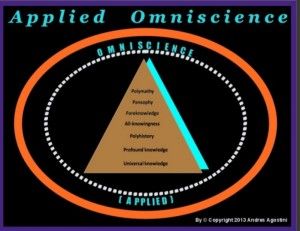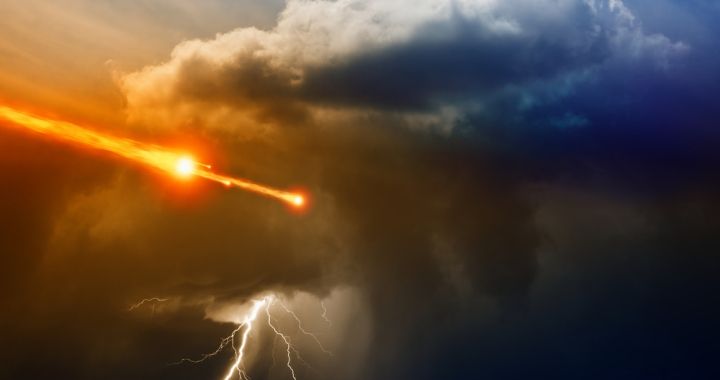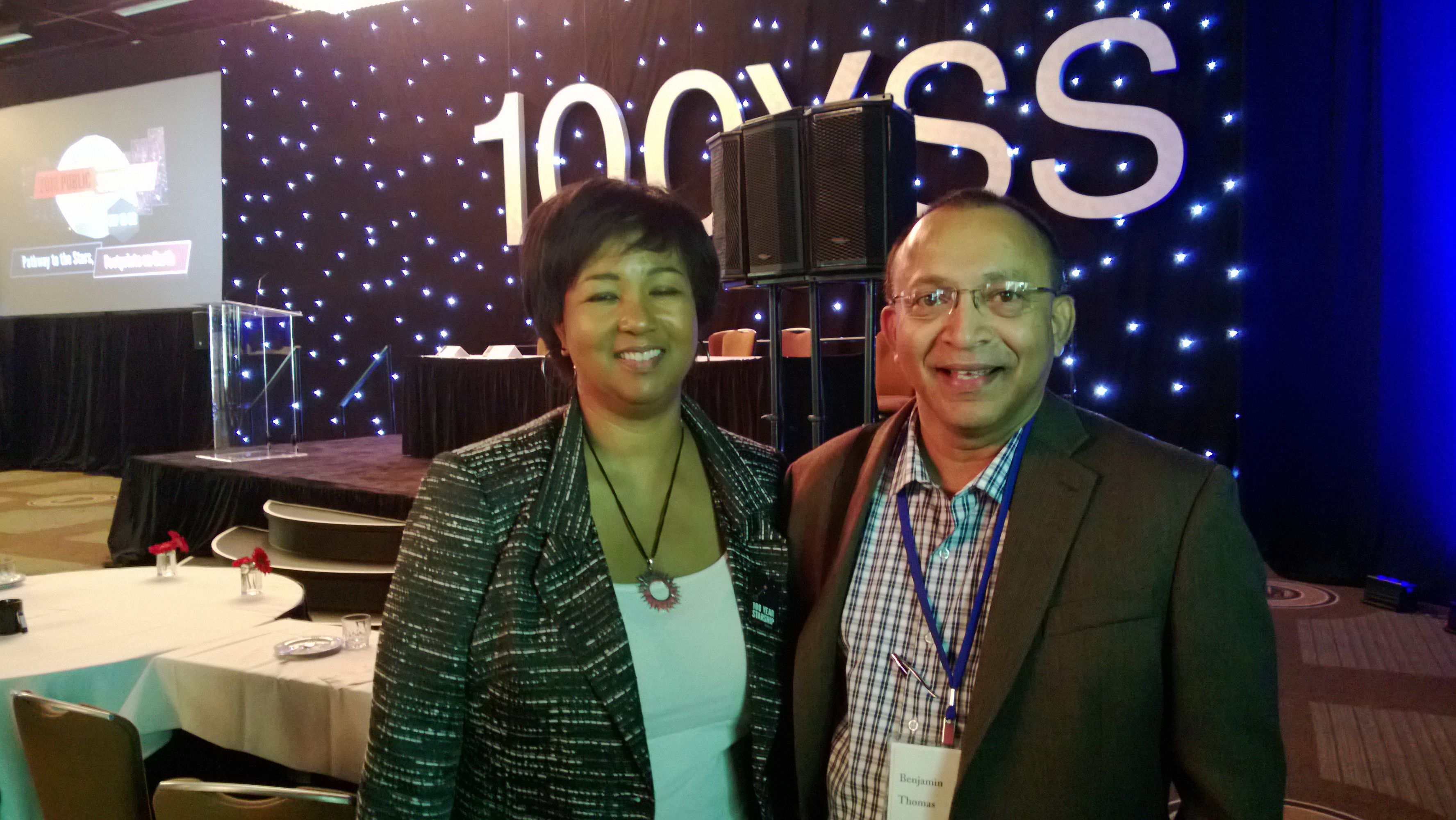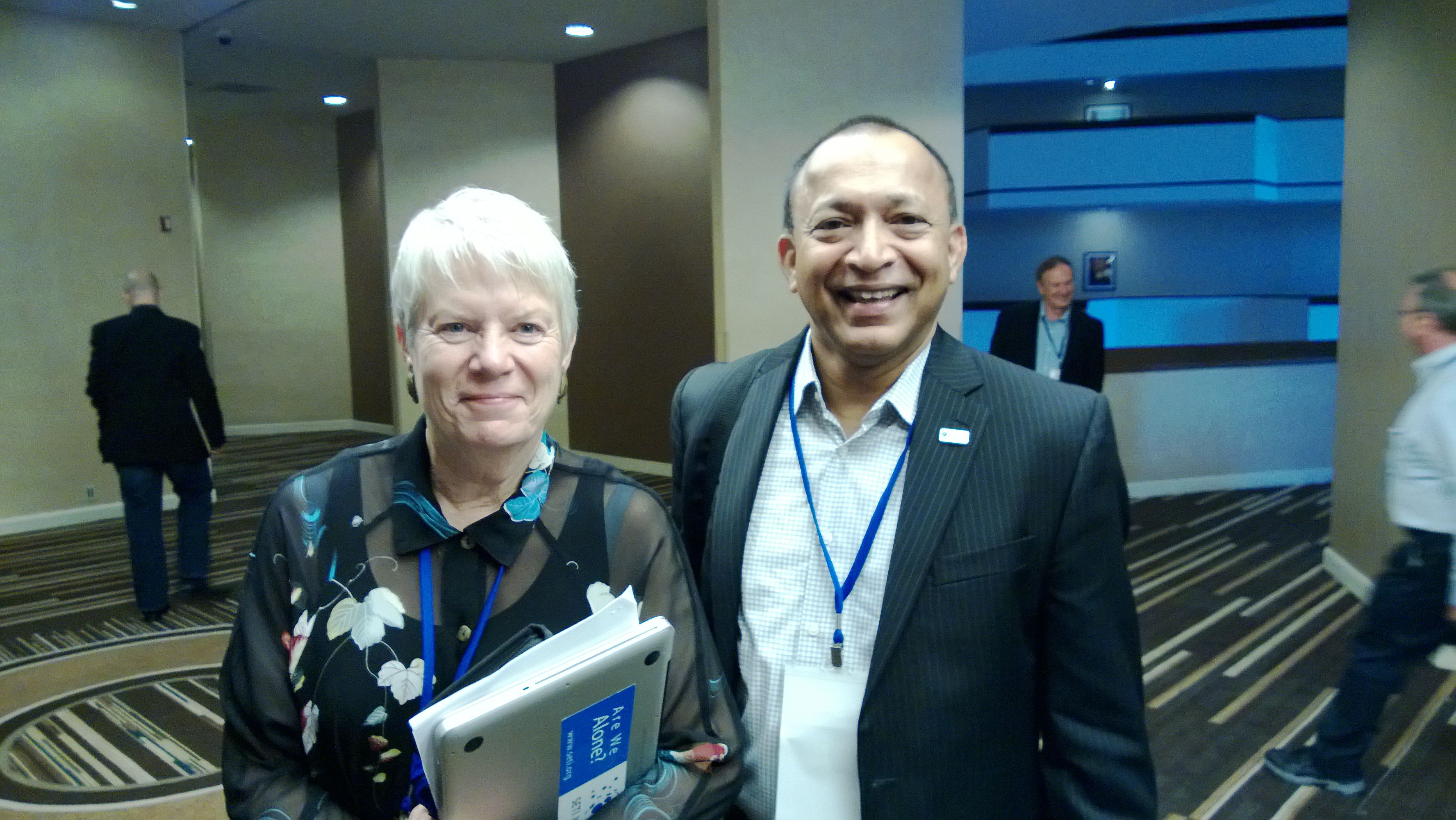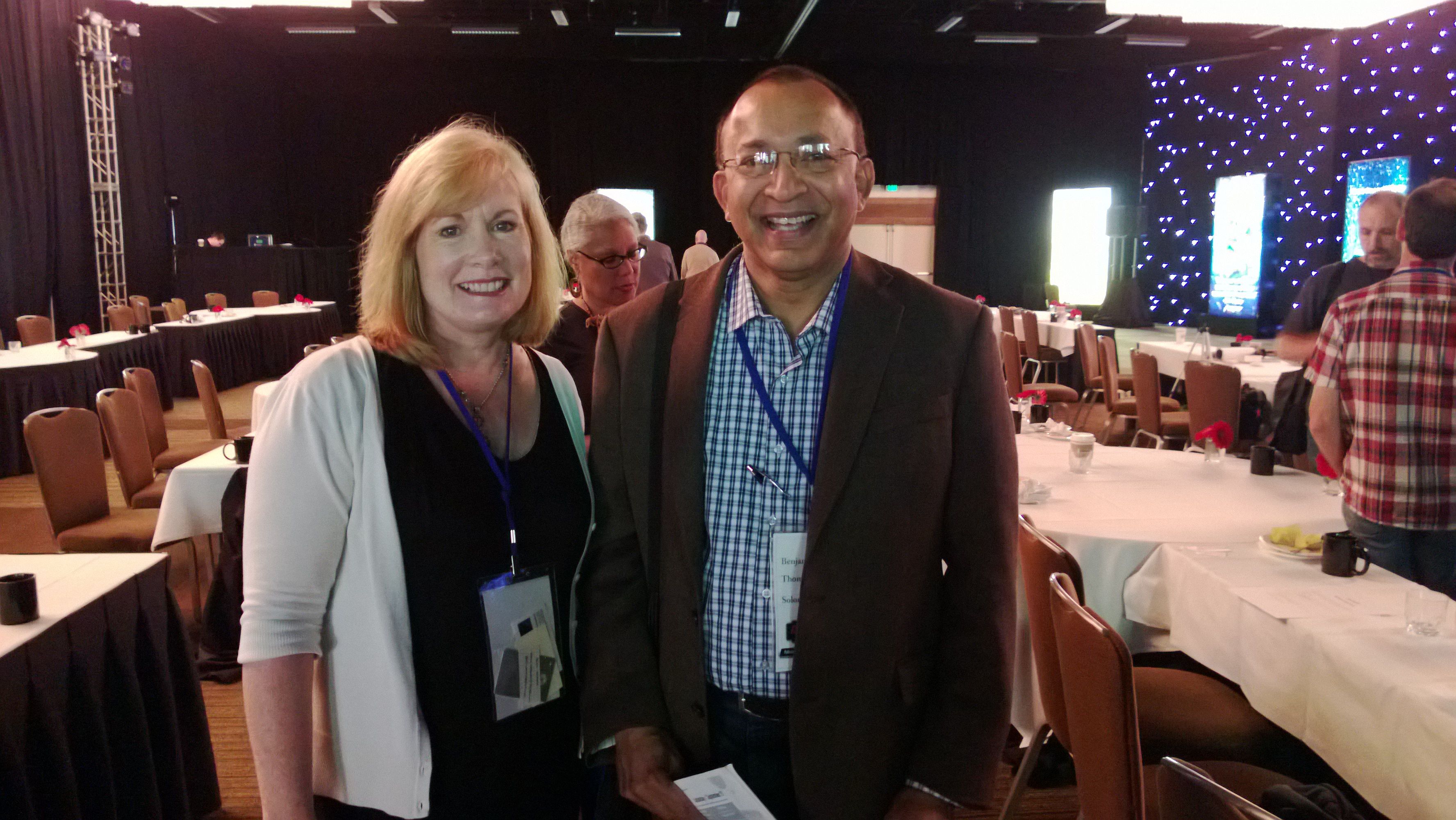Dec 17, 2013
Bitcoins in Space: Hacker to Fire Digital Currency Into Orbit
Posted by Seb in categories: bitcoin, space
One of the top software engineers behind the Bitcoin digital currency wants to launch it into space.
Last month, Jeff Garzik floated the idea of Bitcoin in space on an internet discussion forum, pitching it as a way to always keep the system up and running — even if it’s attacked by malicious hackers.
The plan is to send up a Bitcoin computer on a tiny inexpensive satellite and have this machine communicate with terrestrial Bitcoin computers via radio. Garzik — who works at Bitcoin payment processor Bitpay and helps shape the open source software that drives the digital currency on thousands of machines across the internet — says that the satellite node could help the Bitcoin network fight back something known as a Sibyl attack. This is where malicious computers flood a node on the peer-to-peer network with bad data. It could give criminals a way of spending their bitcoins more than once, and it’s also part of the so-called selfish miner scenario that Cornell University researchers described last month, saying it could bring down the entire system.




